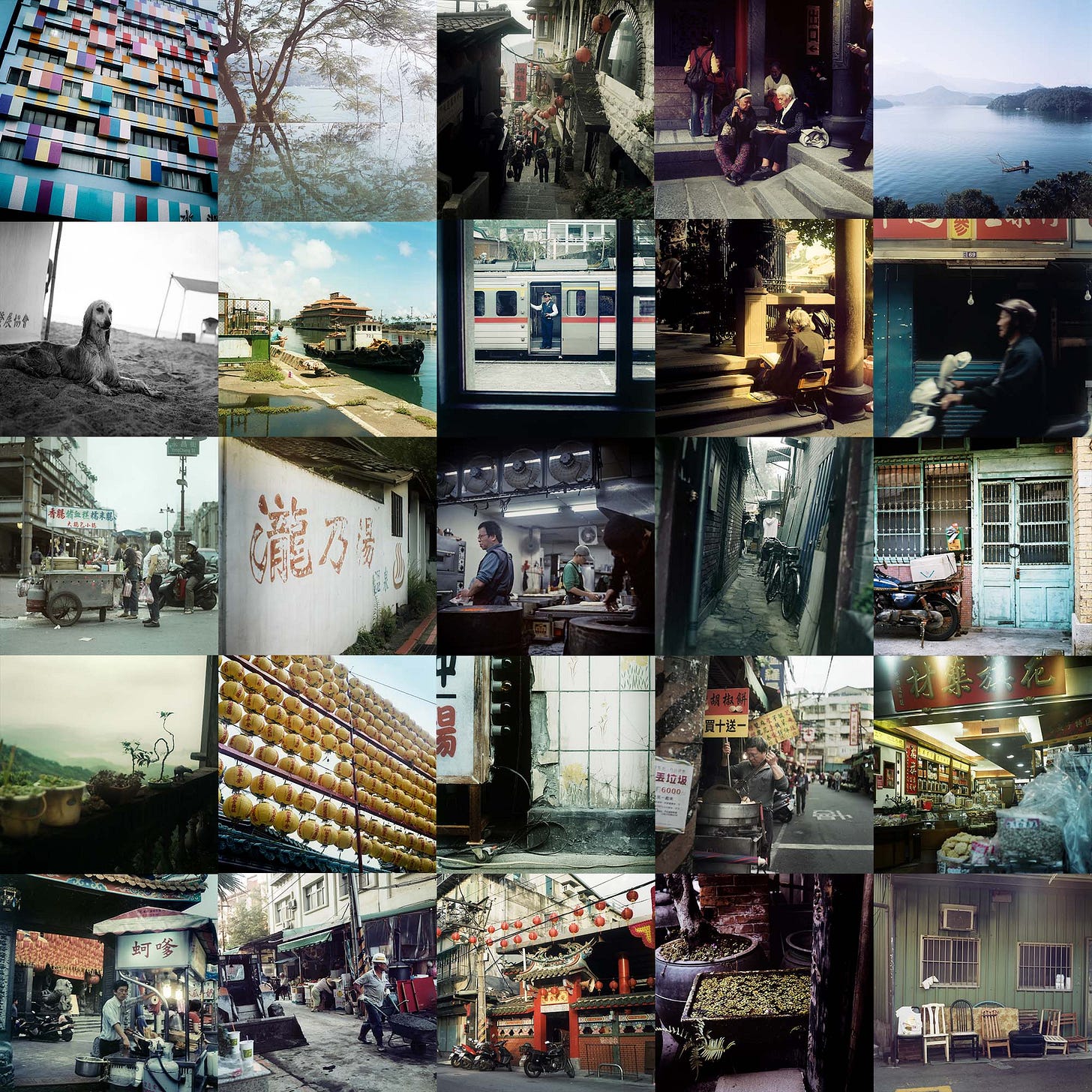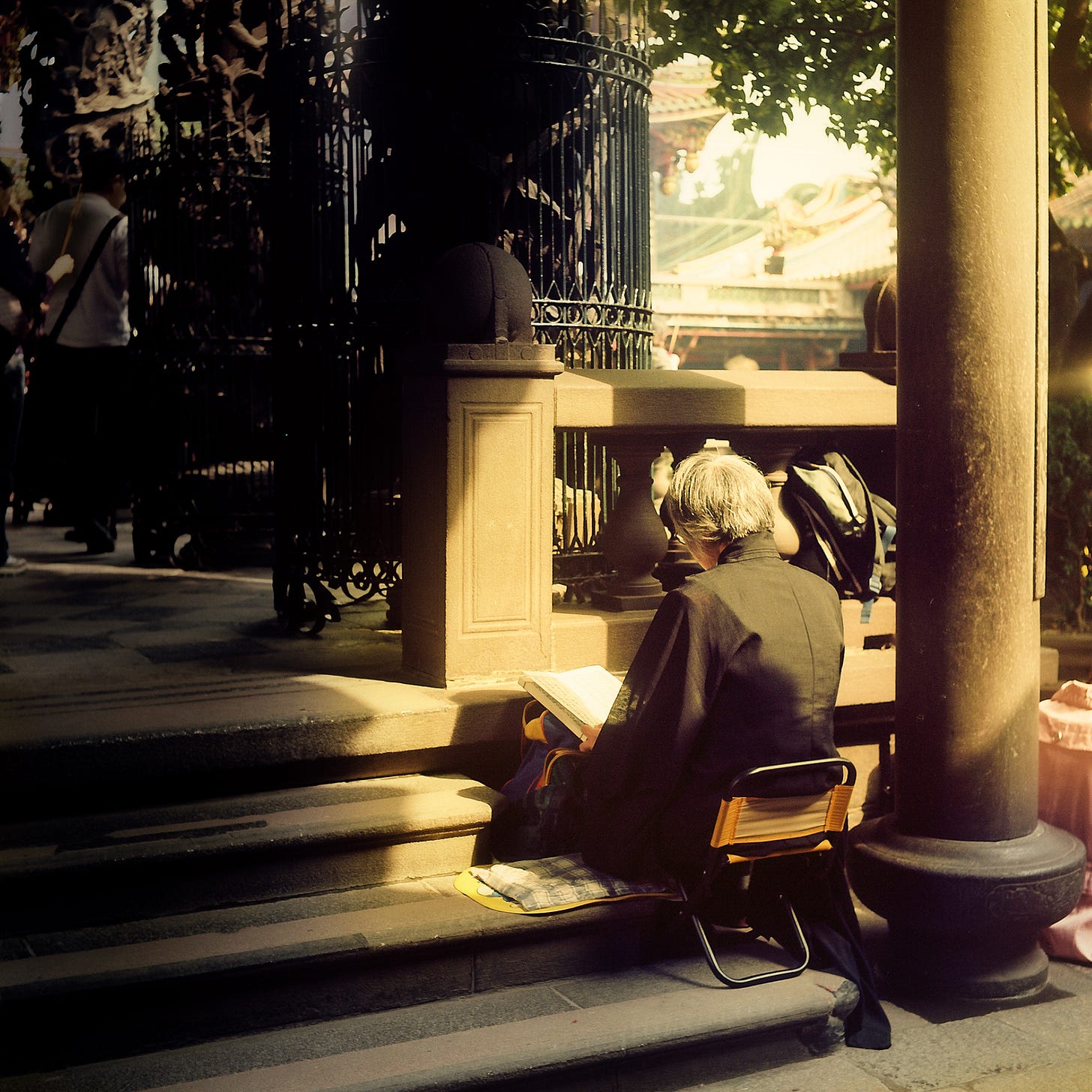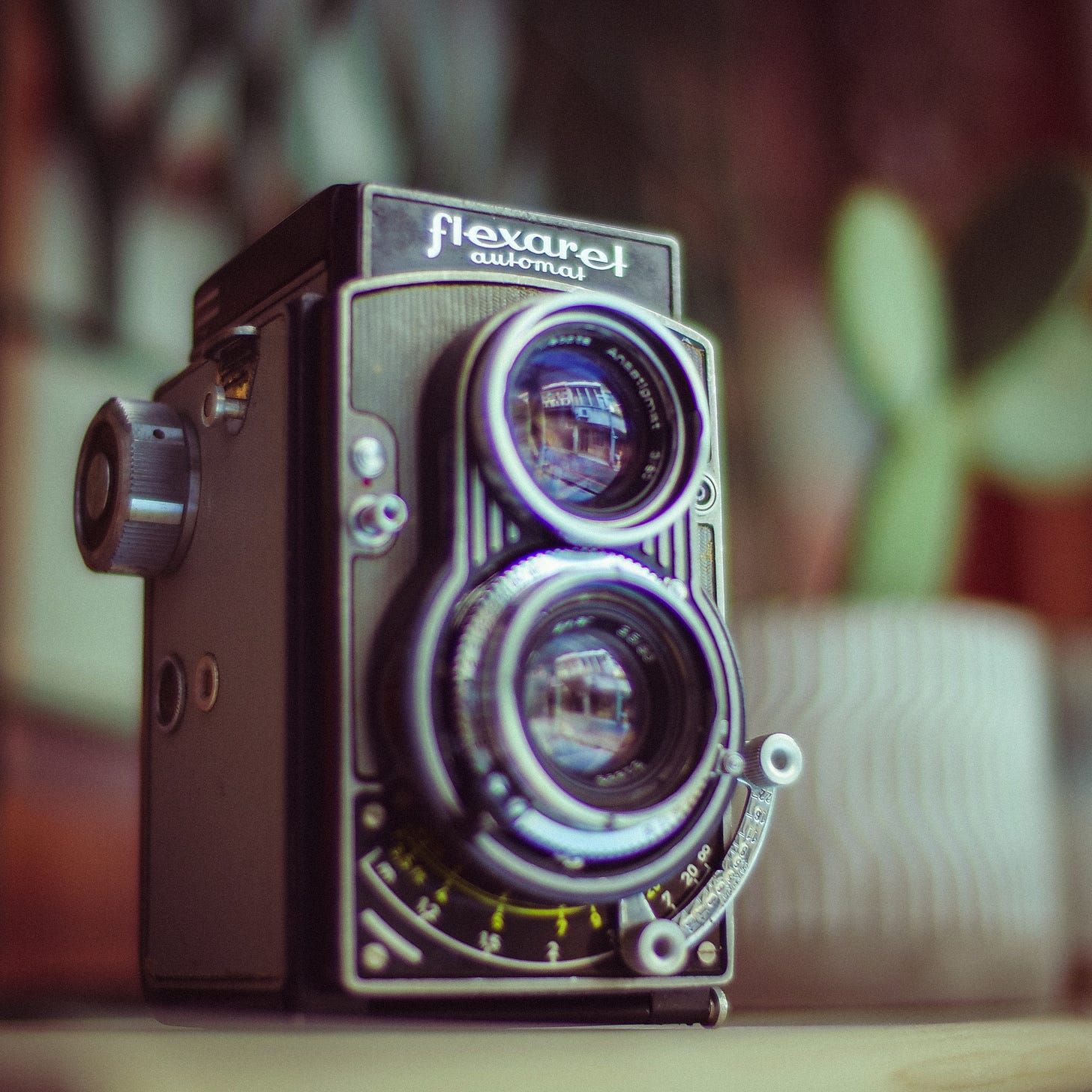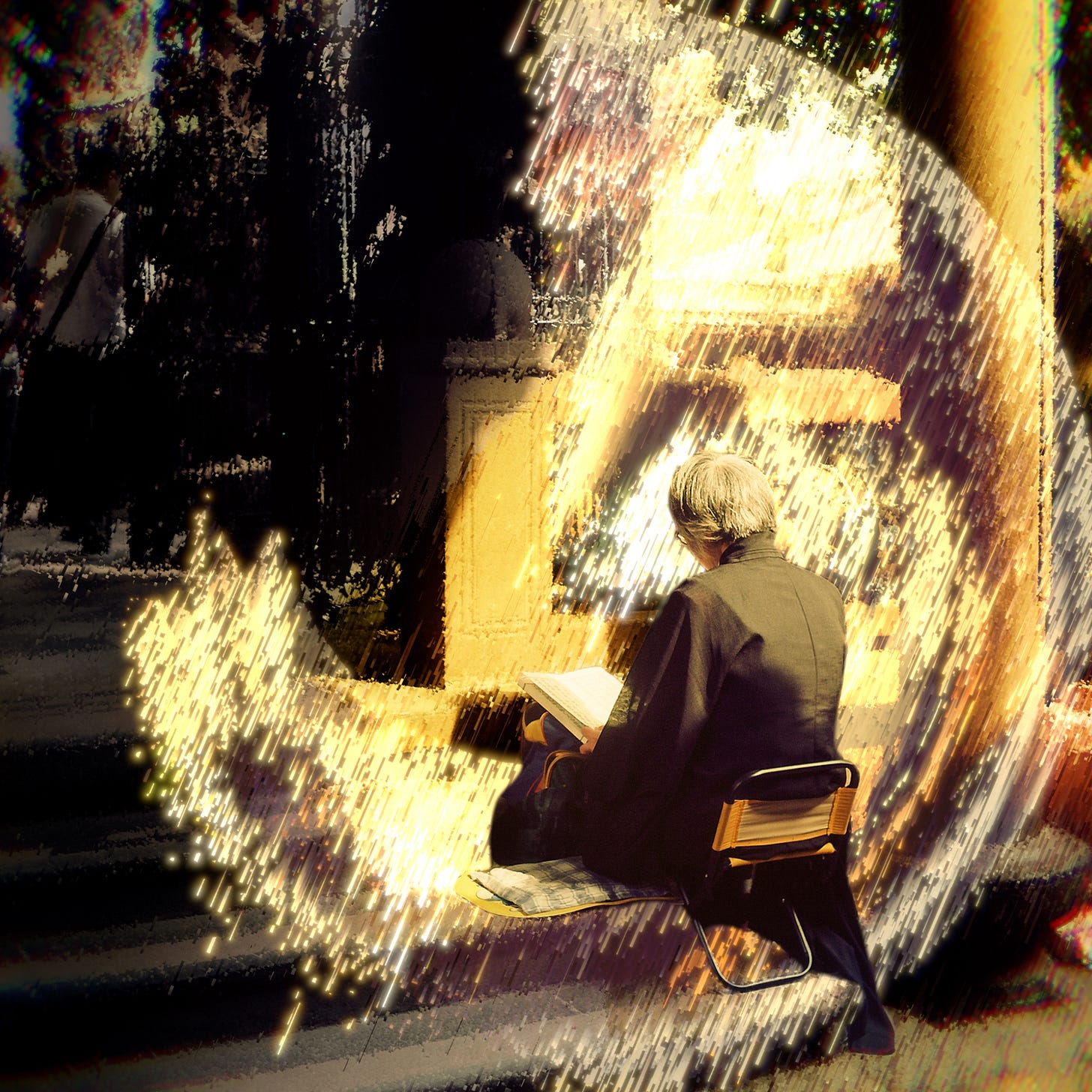NFT Photography — A Paradigm Shift
I’ve been in NFTs about six months now. I’m still learning every day and I’m constantly blown away by all of the talent and innovation in this space. It’s a huge inspiration. So when I minted my first collection of photographs, I was inspired to try something different.
Instead of simply selling my photos, I wanted to use the virtues of Web3 to improve the experience of selling and collecting photographic works. What I came up with was the idea of airdropping bonus content to collectors.
I took my cue from PFP project airdrops. I know… This isn’t a ground-breaking idea to anyone who’s spent a little bit of time in NFTs. But as a creator only just coming to grips with Web3, stumbling on this idea of airdropping bonus content was an epiphany.
No exaggeration. Because in that moment, whatever remnants of doubt or cynicism I still had about trying to “sell JPEGs” when people could just “right-click and save,” were immediately exorcised.
Why?
Well, putting aside for a second the other huge benefits of NFTs, such as proof of authorship and ownership, royalties, etc…
I finally fully understood the potential that Web3 has to change the dynamic between creator and collector.
Specifically in my case, the opportunity to engage with a collector, and give back for their patronage. Not that this can’t be accomplished with Web2.0. But Web3 just made it all seem simpler, more elegant, and most importantly, more personal. So what is this bonus content?
Bits of… Taiwan
The first collection I minted on OpenSea was:
Bits of… Taiwan (https://opensea.io/collection/bits-of-taiwan)
A collection of 100 photos, taken over 3 years, using 2 antique twin-lens reflex cameras.
I took these photos in Taiwan 2009 ~ 2012, when I was experimenting a lot with medium-format film, and shooting on two antique twin-lens reflex cameras. Both cameras are more than 50 years old, and while they have their quirks, the image quality from the lenses combined with the medium-format film produces magical results when correctly exposed. These photos have been sitting on a hard drive for about 10 years, and very few people have ever seen them. NFTs seemed like a perfect way to put them out there in the world.
One of the first photos to be sold was #009.
The Bonus Content
About a week after the sale, I airdropped the collector this short film, called behind the bits, in which I explain where the photo was taken, how it was taken, and why I like it. The video is posted here with the owner’s permission (use the password “bits009” to watch it).
I could have put this information in the description of the photo on OpenSea. But making a video, narrated by myself, just felt like a more exciting and personal way to engage with the collector. Kind of like a DVD director’s commentary, or gallery audio guide. In particular, it’s fun to show the cameras that were used to create the project — the Microcord and Flexaret TLRs.
The other part of the bonus content was a remix of the original photo. I’ve been experimenting a lot with glitch art, and the remixes are a chance for me to test new techniques, while also piquing the collector’s interest in other work I could be releasing in the future.
The Creator-Collector Relationship
I’m not saying that the act of airdropping bonus content is revolutionary. But, as a creator, the engagement it facilitates is. I appreciate everyone who buys my work, and I get a kick out of increasing my collectors’ enjoyment of my work.
Whether that be getting to tell them the story behind the art, or making derivative works for them. And all made possible by the blockchain. Because all I need to know is a wallet address. And it would never have occurred to me to do this, until I discovered Web3.
I’m sure that right now, creators smarter and more talented than me are already coming up with far more innovative ideas for leveraging Web3 to sell their work and engage with collectors. And we're still early, so the best is yet to come. Hence I remain bullish on NFTs.
Nonetheless, every time I airdrop something, I still keep my fingers crossed, hoping the collector will appreciate it. And they won’t feel the umbrage I felt all those years ago when Apple 'airdropped' me U2's new album. Not all free content is necessarily desired.







I've been following your Bits of Taiwan collection, it's quite cool and expansive! How exactly do you airdrop things to your collectors? I like the idea!